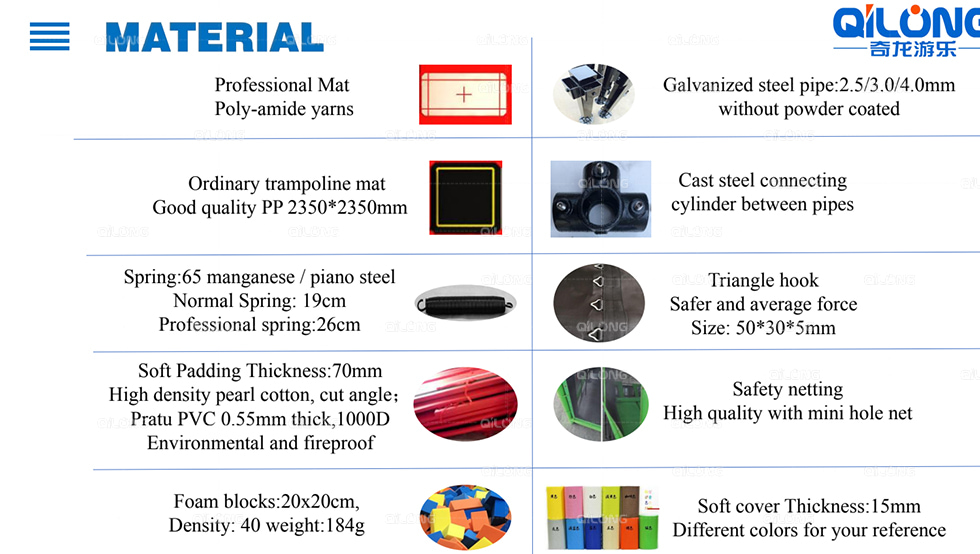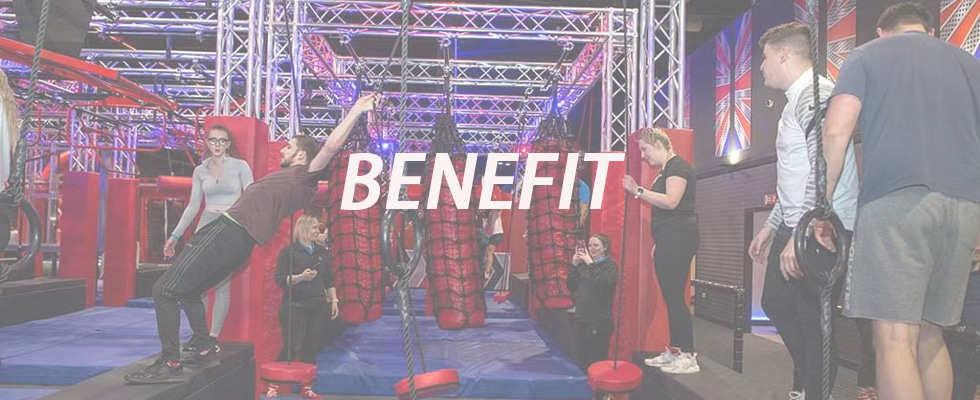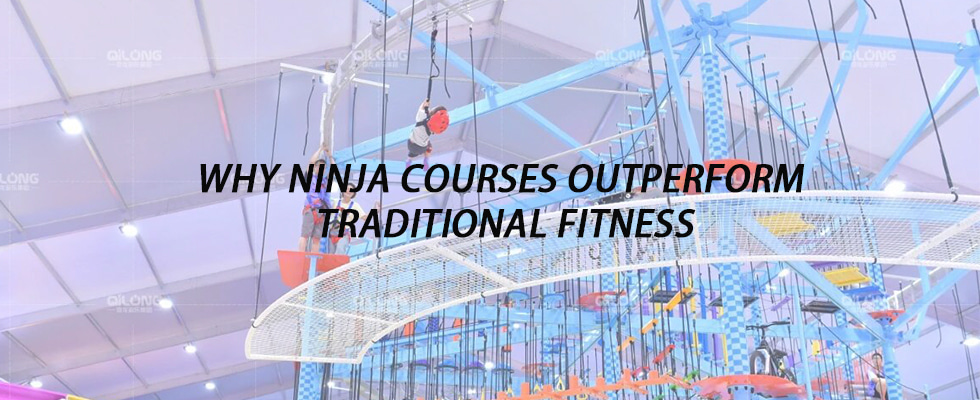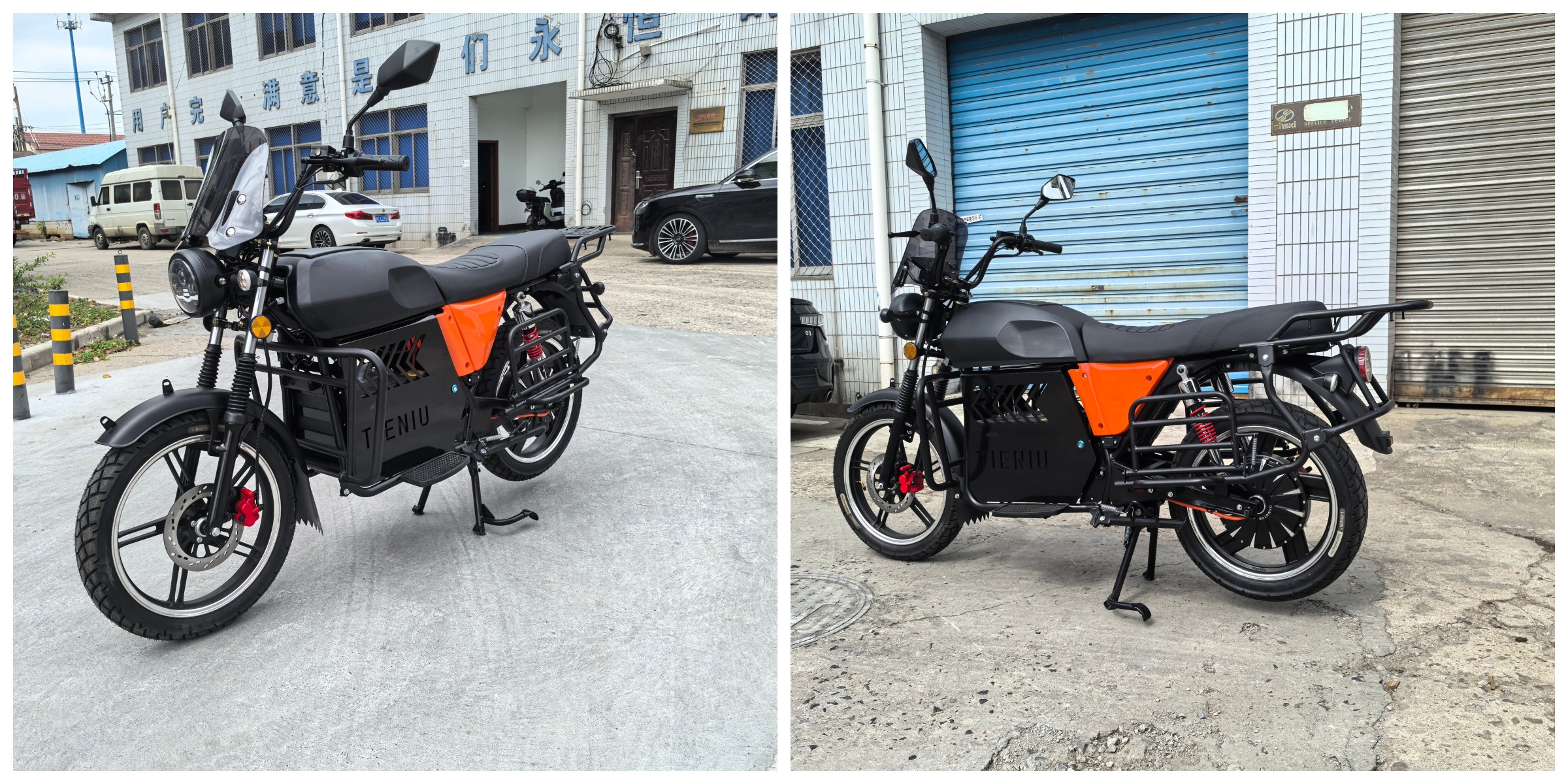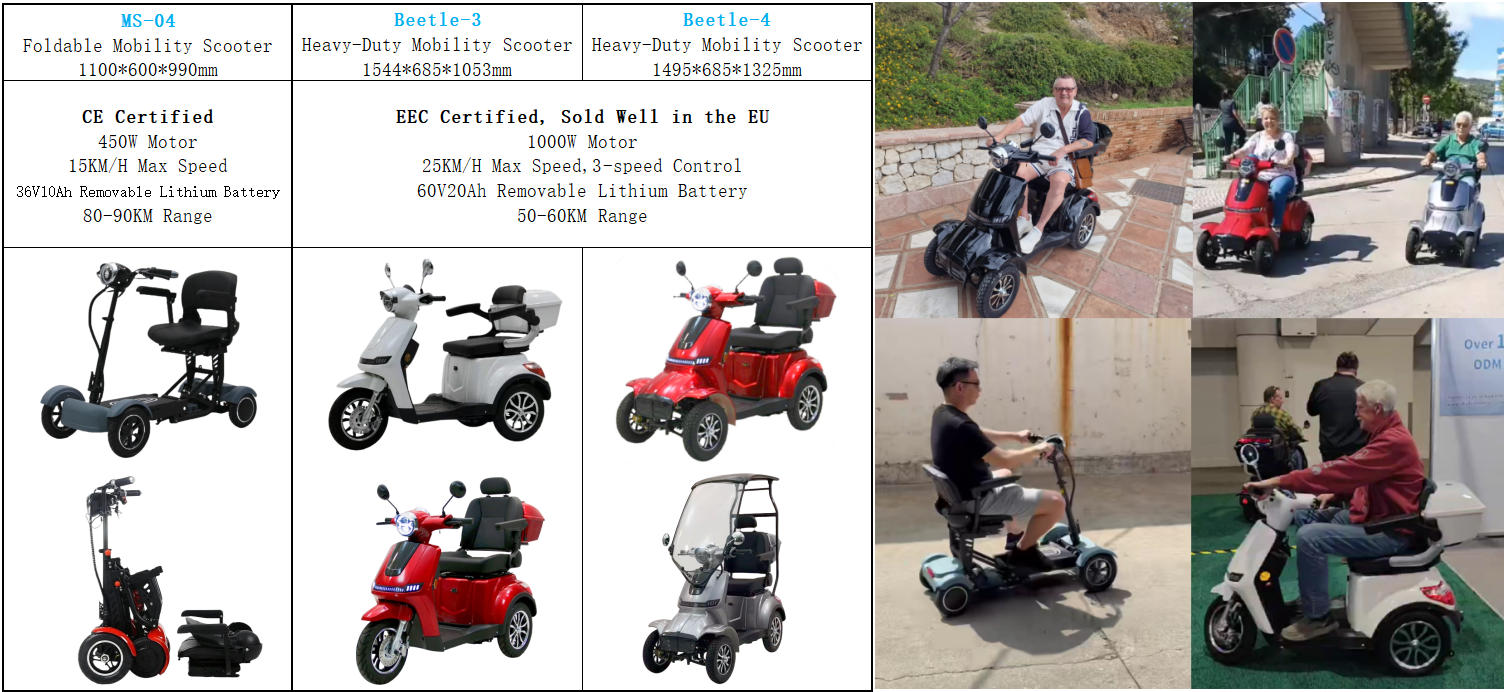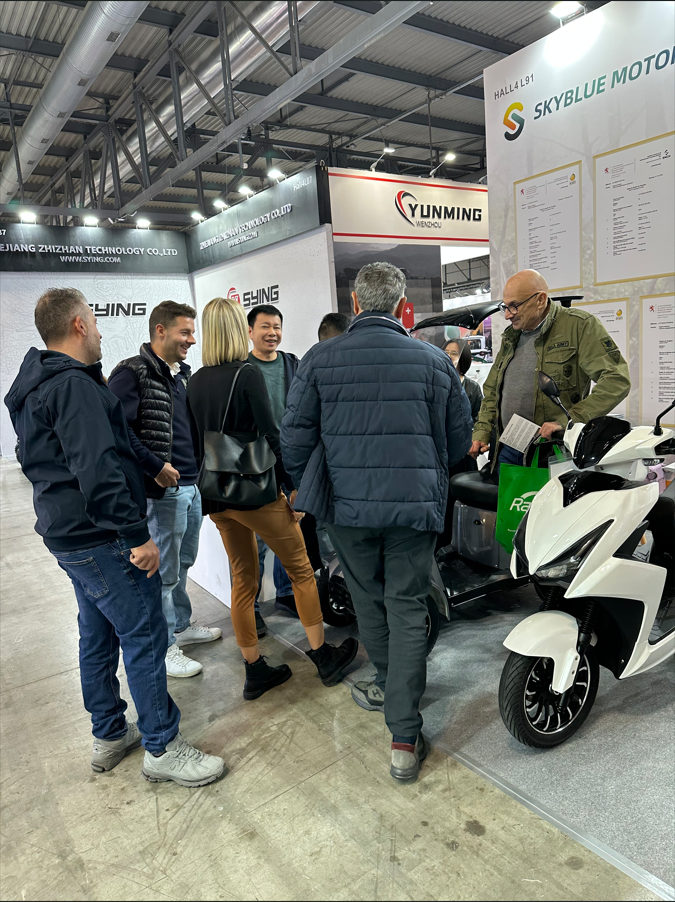In the thriving world of family entertainment, indoor playgrounds have become a staple. However, as the market grows, so does the competition. Walk into ten different parks, and you might see ten variations of the same brightly colored plastic tubes and ball pits. While fun, this “generic” approach presents a hidden risk: your park becomes forgettable. In a sea of sameness, how do you not only survive but thrive? The answer lies in a transformative strategy: themed playground design.
This article will explore the pitfalls of a generic park and demonstrate how a powerful, cohesive theme can elevate your business from just another option to the ‘go-to’ landmark destination in your community.

The Hidden Costs of a Generic Playground
Before we dive into the solution, let’s diagnose the problem. A generic, non-themed playground may seem like a safe, cost-effective choice, but it often leads to long-term business challenges.
1. Lack of Brand Identity: Without a unique theme, your park has no story to tell. It’s just “a place to play.” This makes marketing difficult and forgettable. Customers can’t easily describe what makes you special, so word-of-mouth marketing suffers.
2. Price-Driven Competition: When your offerings are identical to your competitors’, the only differentiator for customers is price. This forces you into a race to the bottom, eroding profit margins and devaluing the unique experience you work hard to provide.
3. Limited “Wow’ Factor: The initial excitement of a generic playground can fade quickly. There’s no immersive world to capture a child’s imagination, which means fewer “wow’ moments for both kids and parents. This directly impacts the likelihood of social media shares and organic buzz.
4. Lower Repeat Visitation: If a family’s experience was merely “fine,” they have little incentive to return when they’re looking for a weekend activity. A lack of a unique identity means you haven’t created a memorable tradition for them.
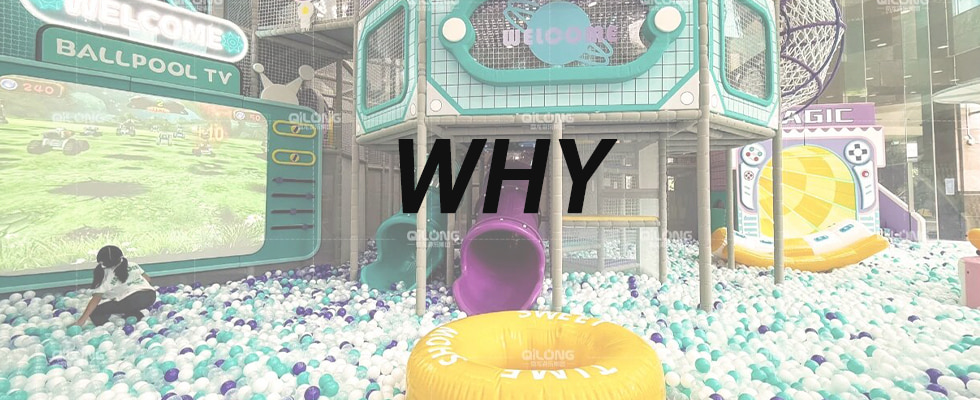
Crafting the ‘Go-To’ Destination: The Power of Themed Design
Themed design is not just about painting a castle on the wall. It’s about creating a complete, immersive environment that tells a story. It’s the strategic solution that directly counteracts the pitfalls of a generic park.
1. Creates an Immersive and Unforgettable Experience
A strong theme—be it a jungle safari, a space odyssey, a pirate adventure, or an enchanted forest—transports children to another world.
Engages All Senses: It goes beyond visuals. Think about sound effects of a roaring lion, custom-shaped foam pits that look like treasure chests, and soft-play structures designed to look like ancient ruins or spaceship control panels.
Sparks Imagination: Themed play encourages role-playing and narrative-based fun. A child isn’t just climbing a ladder; they’re scaling a castle wall to rescue a dragon. This deeper level of engagement creates lasting memories.
2. Builds a Powerful and Recognizable Brand
Your theme becomes your brand. It’s the unique selling proposition that sets you apart.
Marketing Gold: A “Jungle Quest” or “Galaxy Jump” park is instantly marketable. Your theme provides endless content for social media, from character costumes to themed birthday party packages. It gives parents a specific, exciting concept to share with friends.
Visual Identity: From your logo and website to your staff uniforms, a cohesive theme creates a professional and memorable brand identity that builds trust and recognition.
3. Drives Revenue and Justifies Premium Pricing
When you offer a unique, high-value experience, you are no longer competing on price alone.
Increased Perceived Value: Parents are willing to pay more for a special, one-of-a-kind experience for their children. A themed park feels like a destination, not just a utility, which supports higher ticket prices.
Ancillary Revenue Opportunities: Themes open up new streams of income. Sell themed merchandise (like safari hats or astronaut suits), offer add-on experiences (like a “treasure hunt” game), and charge a premium for highly sought-after themed party rooms.

From Vision to Reality: Your Roadmap to a Themed Landmark
Understanding the benefits is the first step. Bringing that vision to life is the next. This is where partnering with an experienced indoor playground manufacturer becomes crucial.
Step 1: Concept and Theme Selection
Know Your Audience: What themes resonate with your local demographic? Is it fantasy, science, adventure?
Tell a Story: A great theme has a narrative. Work with a design team to flesh out a story that will be reflected in every corner of the park.
Step 2: Partner with Design & Manufacturing Experts
Customization is Key: Avoid manufacturers who just apply decals. Look for a partner who can create custom-molded plastic components, unique soft-play shapes, and interactive elements that are true to your theme.
Safety and Durability
First: A themed element must be as safe and durable as a standard one. Your manufacturing partner must adhere to international safety standards (like ASTM and CE) and use high-quality, non-toxic materials that can withstand heavy use.
Step 3: Focus on the Details
Theming Beyond the Play Structure: Integrate your theme into flooring, lighting, signage, and even the café area. Consistency is what makes the immersion complete.
Train Your Staff: Your staff are part of the experience. Themed uniforms and training on how to engage with kids within the theme (e.g., “Welcome, explorers!”) add a magical touch.
Conclusion: Your Park is a Story Waiting to be Told
A generic indoor playground is a missed opportunity. It’s a blank canvas that fails to capture the imagination of its most important audience: families. By investing in a professional, cohesive themed design, you are not just decorating a space; you are building a brand, creating an unforgettable experience, and establishing your park as a landmark destination.
You move from being “a place to go” to “the place to be.” In a competitive market, that distinction is the ultimate key to long-term success and growth.


